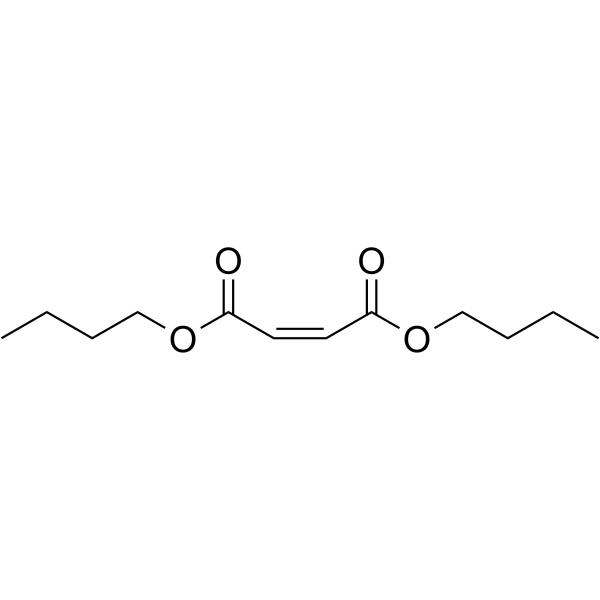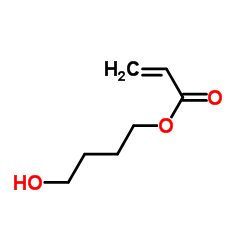| Structure | Name/CAS No. | Articles |
|---|---|---|
 |
n-Butyl fumarate
CAS:105-76-0 |
|
 |
4-Hydroxybutyl acrylate
CAS:2478-10-6 |